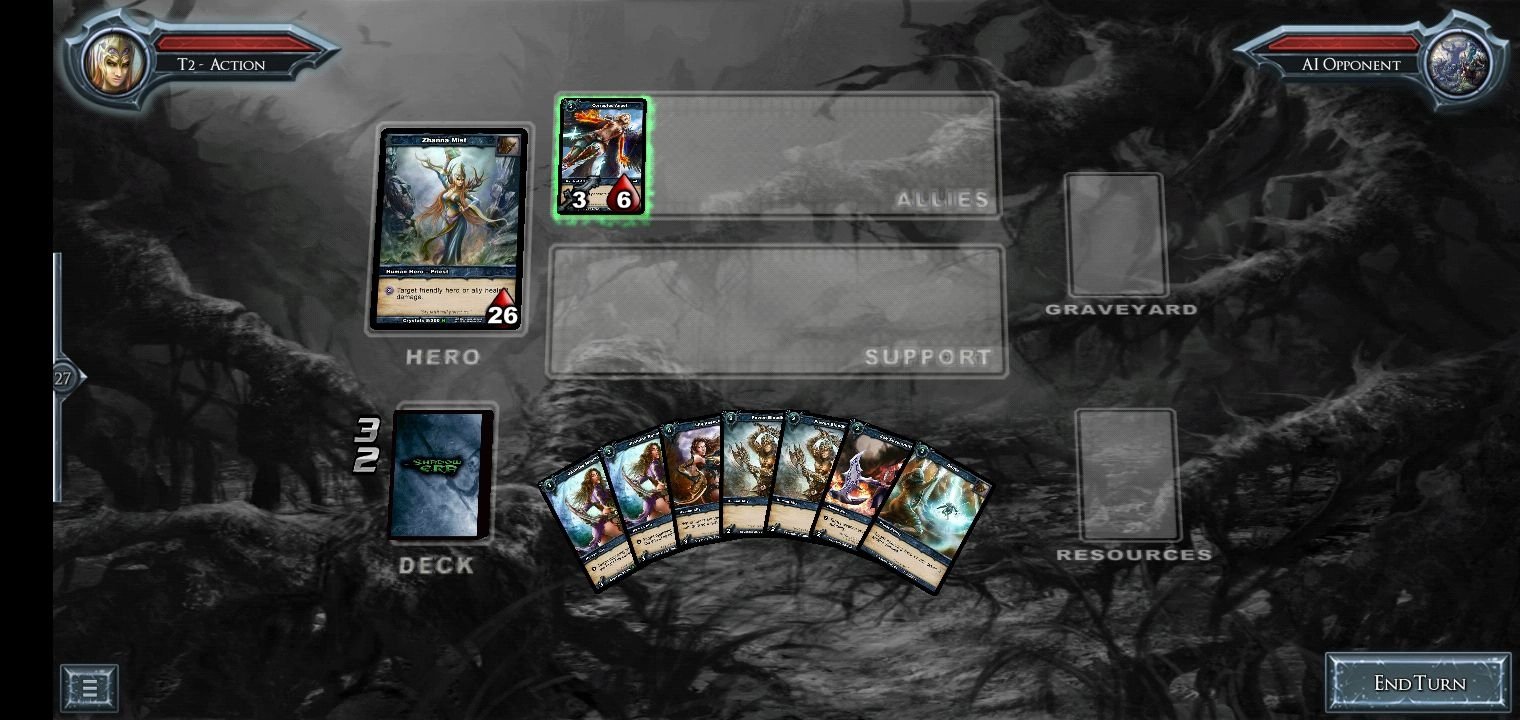
Rocket League was an obvious choice, as it’s a fast-paced game that’s recommended on both platforms. To further test stability, I wanted to jump into some online games. The experience was visually muddier, but uninterrupted on Steam Deck. Suddenly, the frame rate dropped to a slideshow and the app crashed. They were all small and non-disruptive until I entered a cave. While latency wasn’t a problem here, I did get a few micro-stutters throughout. While the game was a powerhouse on GeForce Now, the eccentricities of the cloud did pop up during my play time. Battery life is one of the primary issues with the Steam Deck right now, so that doesn’t come at a surprise, but it’s an area where cloud services do gain an edge, depending on your devices. It ate up 25% of the Steam Deck’s by comparison, leaving the device with just over an hour of charge left. Playing the same 30-minute snippet, the game drained 6% of my Samsung S21’s battery. It likely helps that the Samsung S21 has a smaller screen than the Steam Deck, so any flaws are harder to spot. It’s noticeable in terms of motion too, as I experienced a fair amount of texture pop-in on Steam Deck. Looking at screenshots from each device side by side, the textures are sharper on GeForce Now, with the Steam Deck version displaying fuzzy edges. Shadow of the Tomb Raider looks remarkable while streaming. Looking at pure image quality, there’s no comparison. GeForce Now runs off of dedicated servers with more powerful guts than what’s inside the Steam Deck. The same benchmark test on GeForce Now blew that number away, hitting a 111 fps average. My benchmark test on the device saw the game hitting an average of 51 frames per second (fps), which is impressive.


I started with Shadow of the Tomb Raiderbecause it’s a high-quality game that runs quite well on Steam Deck. So instead of comparing the two in that regard, I’m merely checking how both work in a home setting for those who might be looking to get something less expensive than a pricey gaming PC. The Steam Deck wins by default in a battle of portability. I can play the Steam Deck on an airplane, but I can’t load up GeForce Now. The other elephant in the room is the fact that cloud gaming requires a connection, limiting its flexibility. This test illustrates how well it works operating at 100%, but don’t assume the data collected here will be the same for your situation. Cloud gaming requires the kind of stable, fast connection that isn’t available everywhere. There’s an important caveat here, though: This isn’t the experience most people will have. That would theoretically give me the best testing conditions possible. I also had the benefit of being in New York City with a high-speed connection, both via Wi-Fi and AT&T 5G. I also used a GeForce Now priority account to test various titles that were available on Steam Deck and GeForce Now alike. To do that, I used a Samsung S21 phone connected to Razer’s excellent Kishi controller attachment. In order to test this, I wanted to make sure I was using cloud gaming at its peak potential. The results reinforced that there’s no right answer to the flexibility problem at the moment, with everything feeling experimental in its own way. To answer those questions, I decided to set up a friendly competition between the Steam Deck and a phone running the same games streamed via GeForce Now. Valve is testing a new Big Picture Mode for Steam.
#Best shadow era decks Pc#
Microsoft pledges to bring Xbox PC games to Nvidia GeForce Now

No joke - Asus is releasing a Steam Deck competitor


 0 kommentar(er)
0 kommentar(er)
